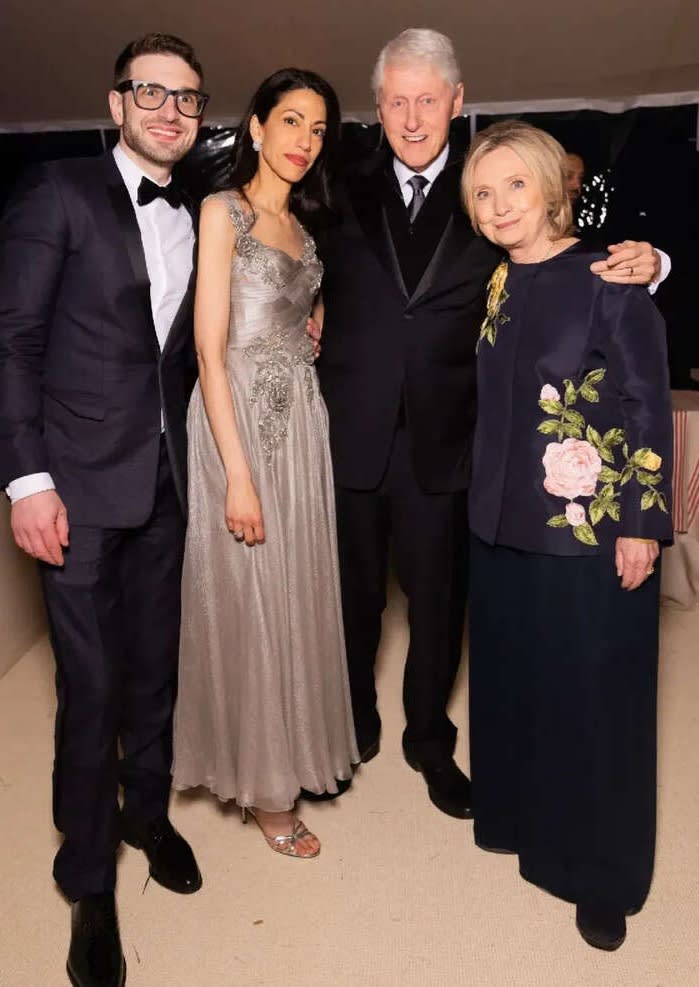“Most of you already feel this in your gut, but we have to keep saying it. The minute we get numb and call it normal, we have already lost.”
A wedding that doubles as a board meeting
In June 2025 the Soros estate on Long Island hosted what looked like an ordinary private ceremony yet functioned as a live-action shareholder meeting. The bride, Huma Abedin, is Hillary Clinton’s most trusted aide. The groom, Alexander Soros, controls a family foundation worth roughly twenty-five billion dollars. Guests ranged from Barack Obama to Nancy Pelosi, Kamala Harris and both Clintons. Inside the tent flowed champagne and boutique sushi; outside, contract guards and servers ate boxed meals. One event, two economies.
Why it is not “just gossip”
By joining a frontline political operative to a bottomless campaign donor the marriage locks another bolt onto an already dense influence network. It is a reminder that in Washington policy circles are social circles first. If you do not get the invitation you do not enter the conversation, let alone the decision room.
How the gate stays closed
Four mechanisms keep this network tight. First, campaign money: super PACs and dark-money nonprofits screen candidates long before voters see a ballot, making donor approval the real primary. Second, the revolving door: regulators glide into industry jobs while corporate lobbyists glide into government posts, ensuring rules stay insider-friendly. Third, media ownership: a handful of conglomerates choose which stories lead and which quietly disappear, shaping public debate to match owner and advertiser priorities. Fourth, think-tank funding: corporations finance “independent” research that predictably blesses policies useful to the funders. The result is legislation that follows return on investment, not public need.
Numbers that cut through the spin
Today the top one percent hold about fifty-three percent of all US stock. The federal minimum wage remains stuck at seven-twenty-five an hour, frozen since 2009, while the national median rent has climbed roughly forty percent since 2015. Lobbying outlays hit a record four-point-three billion dollars in 2024. Those figures are not rhetorical flourishes; they are the scoreboard.
Everyday cost
Wages inch forward while rent, tuition and medical fees sprint. Health-care debt still triggers most personal bankruptcies. Yet Congress spends floor time discussing new tax breaks for private-equity partners. The gap is not an accident; it is the business model.
Do not let “normal” set in
One elite wedding will not rewrite the tax code, but it sketches the architecture in plain sight: a narrow ring of families and firms steering money, media and law for mutual benefit. Naming that machinery and refusing to treat it as background noise is the first step. The next is collective leverage, votes cast in blocs, unions flexing at contract time, consumers willing to boycott, because whatever the public tolerates, the donor class keeps.















Share this post